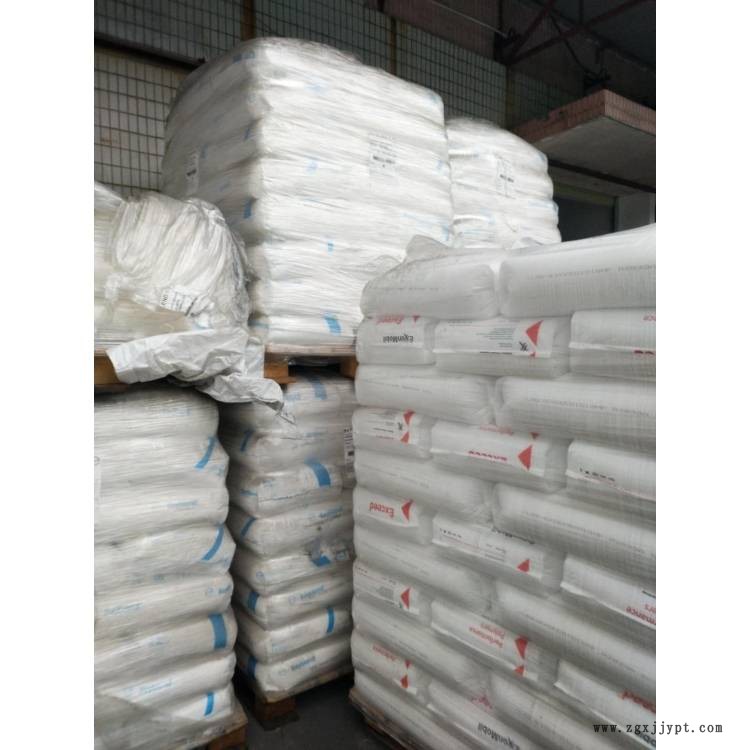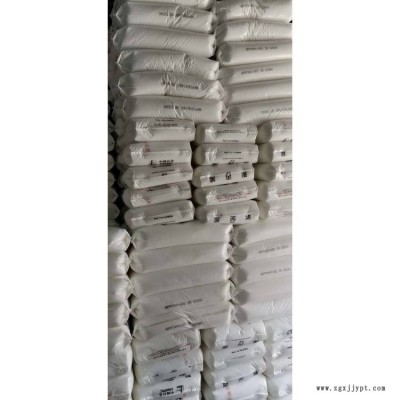| 產(chǎn)品特性 : | 高 | 是否進(jìn)口 : | 否 |
| 產(chǎn)地 : | 美國埃克森美孚 | 廠家(產(chǎn)地) : | 美國埃克森美孚 |
| 牌號 : | 6936G2 | 銷售方式 : | 品牌經(jīng)銷 |
| 類型 : | 標(biāo)準(zhǔn)料 | 品名 : | PP |
| 貨號 : | 6936G2 | 加工級別 : | 注塑級、擠出級、吹塑級、脫模級、噴涂 |
| 特性級別 : | 增韌級、耐高溫、耐低溫、標(biāo)準(zhǔn)級、耐磨、耐老化、耐候、高強度、高流動、高抗沖 | 用途級別 : | 通用級、汽車部件、板材級、醫(yī)用級、家電部件 |
| 品牌 : | 美國埃克森美孚 | 產(chǎn)品規(guī)格 : | 25 |
| 是否屬于跨境專供商品 : | 是 |
美國埃克森美孚PP 6936G2水駐極母粒專業(yè)原材料
美國埃克森美孚PP 6936G2水駐極母粒專業(yè)原材料
長期銷售熔噴級PP6936G2 埃克森美孚 無紡布專用料 超高流動 融脂
產(chǎn)品說明:一種基于茂金屬催化技術(shù)生產(chǎn)的超高熔體流動速率的均聚物樹脂,設(shè)計應(yīng)用用于熔噴無紡布。可在節(jié)省能耗的同時生產(chǎn)出具有優(yōu)良阻隔性能的非織造布。
性能特點:窄分子量分布
用途:熔噴非織造布 、工業(yè)領(lǐng)域:護(hù)理領(lǐng)域的應(yīng)用、個人護(hù)理、濾材
形式 :顆粒
加工方法:纖維(紡織品)擠出
熔體流動速率: 1550 g/10min
聚丙烯 原廠供應(yīng) PP 412MK49 品牌: 沙特SABIC
聚丙烯 原廠供應(yīng) PP H110MA 品牌: 印度信誠
聚丙烯 原廠供應(yīng) PP R401 品牌: 韓國曉星
聚丙烯 原廠供應(yīng) PP K1035 品牌: 臺灣臺化
聚丙烯 原廠供應(yīng) PP AU161C 品牌: 日本住友化學(xué)
聚丙烯 原廠供應(yīng) PP R1610 品牌: 韓國LG
PP? ExxonMobil? 長期銷售熔噴級PP 6936G2 埃克森美孚 無紡布專用料 超高流動 融脂1500
??????????????? 公司名稱:東莞市華韻塑膠原料有限公司成立于2005年,是知名的專業(yè)高新材料供應(yīng)商,致力于為 的中國制造商提供 的材料應(yīng)用解決方案, 并為實現(xiàn)這些方案提供高品質(zhì)的技術(shù)服務(wù)。 我們是多家國際化工企業(yè)的合作伙伴,由于"價格"浮動,請您及時來電,東莞市華韻塑膠原料有限公司" 報價"
?
聚丙烯?原廠供應(yīng)?PP 7684KN?品牌:?美國埃克森美孚
聚丙烯?原廠供應(yīng)?PP RP344NK?品牌:?韓國大林baseLL
聚丙烯?原廠供應(yīng)?PP HJ800R?品牌:?韓國曉星
The mechanical strength of the composites decreased as a result of Huayun Plastics company. Exxonmobil PP and the flow property of the composites decreased with the increase of glass fiber content, which made the processing property of PP difficult. PP (polypropylene) was blended with polyethylene, engineering plastics, Thermoplastic elastomer or rubber to improve the properties of PP. The blending modification is completed in the processing equipment such as internal mixer, open mixer and Extruder, the process is easy to control, the production cycle is short, the cost is low, and the properties such as colouring, processing, antistatic and impact resistance of PP can be improved. The outstanding properties of each component can be synthesized by polymer blending, and the comprehensive properties of the blends can be improved obviously, but the low temperature resistance and aging resistance of PP modified by blending are still not ideal. During blending modification, the shear stress may result in the breaking of some macromolecular chains to form free radicals and graft or block copolymers. These new copolymers can also play an effective role in compatibilizing PP. Oh, Shit








